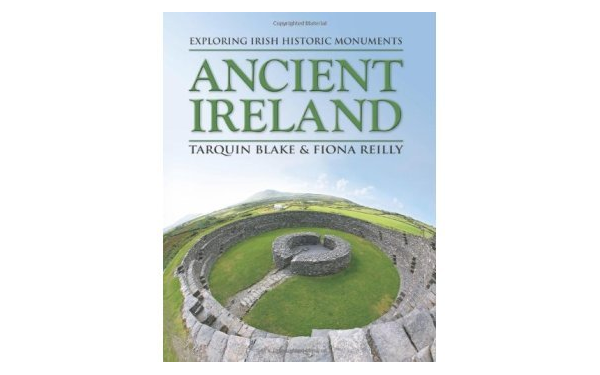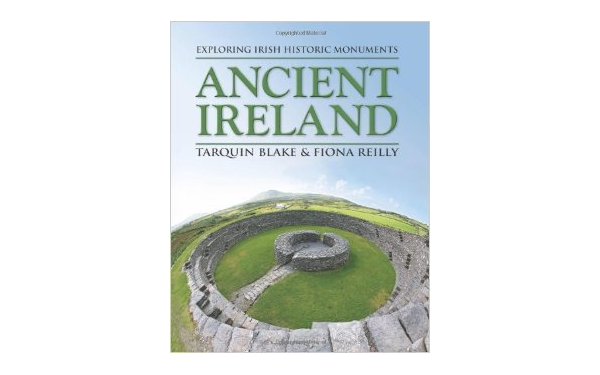

Brief synthesis
Within the mountain-ringed basin of Kaesong City and extending into the foothills to the west, the Historic Monuments and Sites in Kaesong comprise an ensemble representing the ruling base of the Koryo dynasty (918-1392) with its associated tombs. The ensemble embodies the political, cultural, philosophical and spiritual values of the capital of the unified Koryo state as it transitioned from Buddhist to Confucian philosophy, through the geomantic layout of the city, palace and tomb complexes, the urban defence system of walls and gates, and educational institutions. The serial property consists of twelve separate property components, five of which are separate sections of the Kaesong City Walls forming parts of the triple-walled Koryo defence system. This included the innermost Palocham Wall of 896, within which the palace was later built; the Outer Wall built 1009-1029 to surround the city, connecting the mountains that protect it according to geomancy (Mt Songak, Mt Puhung, Tokam Peak, Mt Ryongsu and Mt Jine); and the Inner Wall of 1391-3. The other seven components are the Manwoldae Palace archaeological site and remains of the Kaesong Chomsongdae (an astronomical and meteorological observatory); the Kaesong Namdae Gate (the main southern city gate in the Inner Wall); Koryo Songgyungwan (a former high state education institute which educated Koryo national officials); Sungyang Sowon (a Confucian private school on the site of the former residence of Jong Mong Ju, 1337-1392, a Koryo minister whose assassination marked the overthrow of the Koryo); Sonjuk Bridge (where Jong Mong Ju was assassinated) and Phyochung Monuments (two stelae commemorating Jong Mong Ju); the Mausoleum of King Wang Kon with associated Seven Tombs Cluster and Myongrung Tombs Cluster; and the Mausoleum of King Kongmin.
Criterion (ii): The Historic Monuments and Sites in Kaesong exhibit the assimilation of the cultural, spiritual and political values of the various states that existed on the Peninsula prior to the Koryo, and the interchange of such values with other neighbouring kingdoms over five centuries.
Criterion (iii): The Historic Monuments and Sites in Kaesong are exceptional testimony to the unified Koryo civilisation as Buddhism gave way to neo-Confucianism in East Asia.
Integrity
The property components individually and together ensure the complete representation of the values of the Koryo state as it transitioned from Buddhism to neo-Confucianism and do not suffer from development or neglect. The excavated remains of Manwoldae Palace express credibly and truthfully its value in demonstrating the Buddhist foundation and geomantic beliefs of the Koryo dynasty and the property component is of sufficient size to include areas yet to be excavated which may contribute further to the understanding of the palace and observatory. Its natural environment has remained intact. The geomantic setting of the property is contained within the buffer zone, which encloses all the property components and covers the basin in which Kaesong City is sited including areas of traditional architecture, and the hilly areas to the west where the royal tombs are located. It includes the geomantic markers around the city: Mt Songak to the north, Mt Jine to the west, Mt Puhung and Tokam Peak to the east and Mt Ryongsu to the south. Strict management of the buffer zone will ensure that these elements that constitute the existence of this site and unite the property components as a reflection of the Koryo dynasty continue to dominate.
Authenticity
The authenticity of the individual nominated property components is retained in terms of form, design, materials, spirit and feeling, location and the overall geomantic setting of surrounding mountains.
Management and protection requirements
The serial property components are protected at the national level by the Law of the Democratic People’s Republic of Korea on the Protection of Cultural Property (1994) and its Regulations (2009), administered by the National Bureau for Cultural Property Conservation (NBCPC). All except the Seven Tombs Cluster and the Myongrung Tombs Cluster are designated as National Treasure Sites; these two are protected as Preservation Sites. The mountains and forests in the buffer zone are protected by the Law of the Democratic People’s Republic of Korea on Environmental Protection (1986) and the Forest Law of the Democratic People’s Republic of Korea (1992). The urban land within the buffer zone is administered under the Land Law of the DPR Korea (1977) and the Law of the DPR Korea on City Management (1992). The amended Law on Protection of Cultural Property, the Regulation for the Implementation of the Law on Protection of Cultural Property and the newly prepared Guidelines for Protection and Management of the Historic Monuments and Sites in Kaesong to be approved and implemented in September 2013 will ensure protection of the buffer zone as a contiguous property, and will cover specific protection of the area of traditional houses located immediately north-northwest of the Namdae Gate.
Management of the serial property components as a whole is overseen by the Kaesong City Cultural Heritage Preservation Committee, which includes the head officials of the institutions that are involved in the implementation of national laws and polices related to the protection of cultural property in Kaesong. Individual property components are managed by the Cultural Preservation Department of the Kaesong People’s Committee, of which the Cultural Property Management Office and the Management Office for the Mausoleum of King Wang Kon are responsible for executing the Management Plan. Under these offices, site managers are assigned to each site, with their corresponding monitors and caretakers. The site managers oversee actions related to the daily maintenance of the sites, including restoration and repair works, as well as convening the communities who are engaged to assist in the regular activities and maintenance of the properties.
The Management Plan for the property was prepared by the Korean Cultural Preservation Centre (KCPC) as authorised by the National Bureau for Cultural Property Conservation (NBCPC), and was approved by the Government of DPR Korea on 15 January 2011. The Management Plan has 5 and 10 year objectives and was drawn up in consultation with both the Kaesong City People’s Committee and the Kaesong City Cooperative Farm Management Committee. It will be supplemented by guidelines for development in the buffer zone and should be taken into account by the local government organs in framing and implementing their regional development plans. The guidelines will specify that heights will be controlled on the basis of sightlines between key elements of the nominated property components and natural features; the original alignment of ancient roads in Kaesong city will be preserved; the visual harmony in form and colour of buildings will be controlled; the layout of waterways and volume of water flowing in the vicinity of the historical sites will be controlled; new development will be prohibited in the surrounding natural landscape that shows the relationship of feng shui with individual historical sites, including Mt Songak, Mt Jine, Mt Ryongsu, Mt Puhung, Tokam peak, Mt Janam, Jujak hill, Mt Mansu and Acha peak; any unnecessary and obtrusive structures or facilities will be removed and the natural landscape recovered as much as possible by promoting forestation where appropriate, and factory construction will be prohibited in the urban area. Tourism management and interpretation plans are also required.



